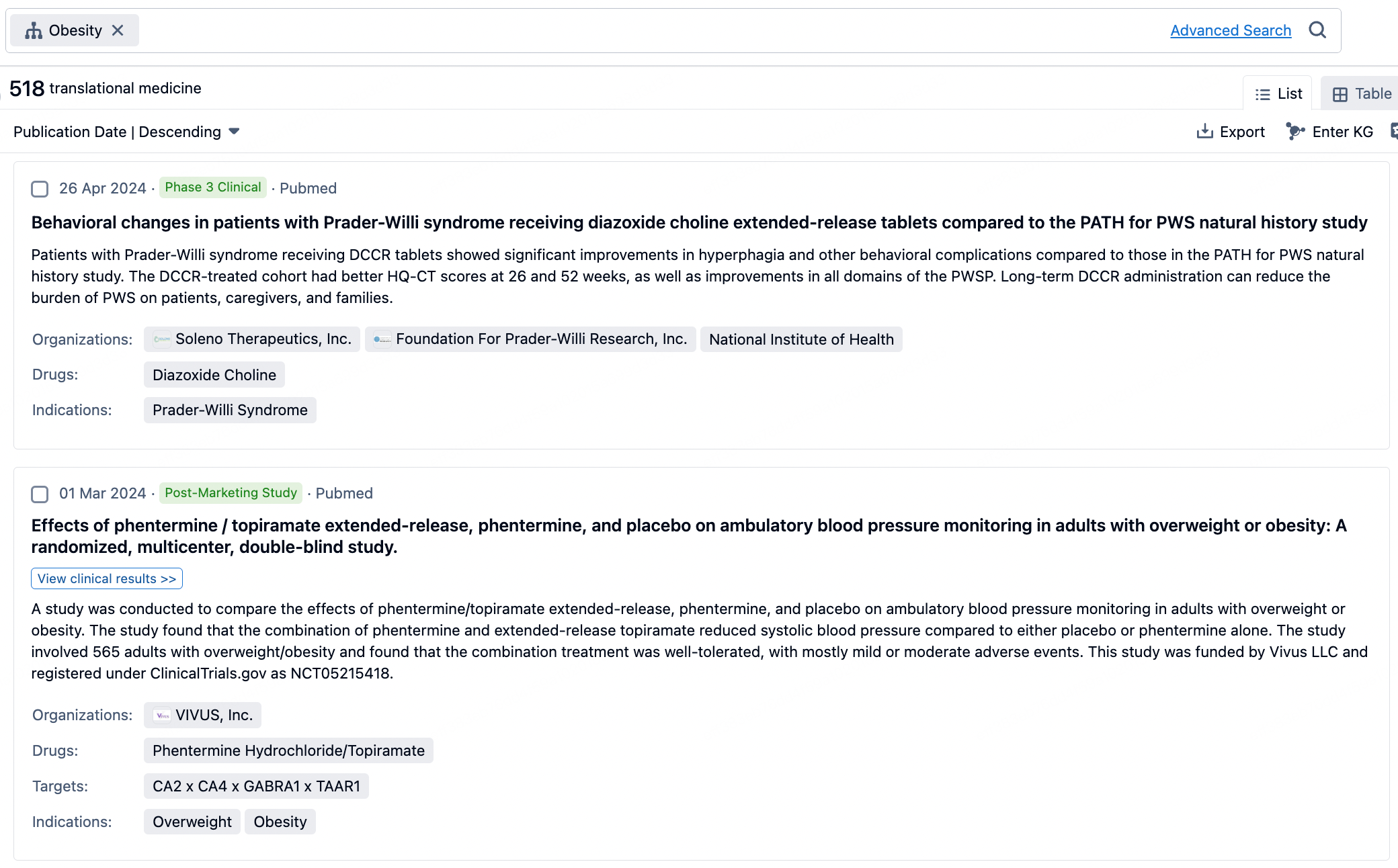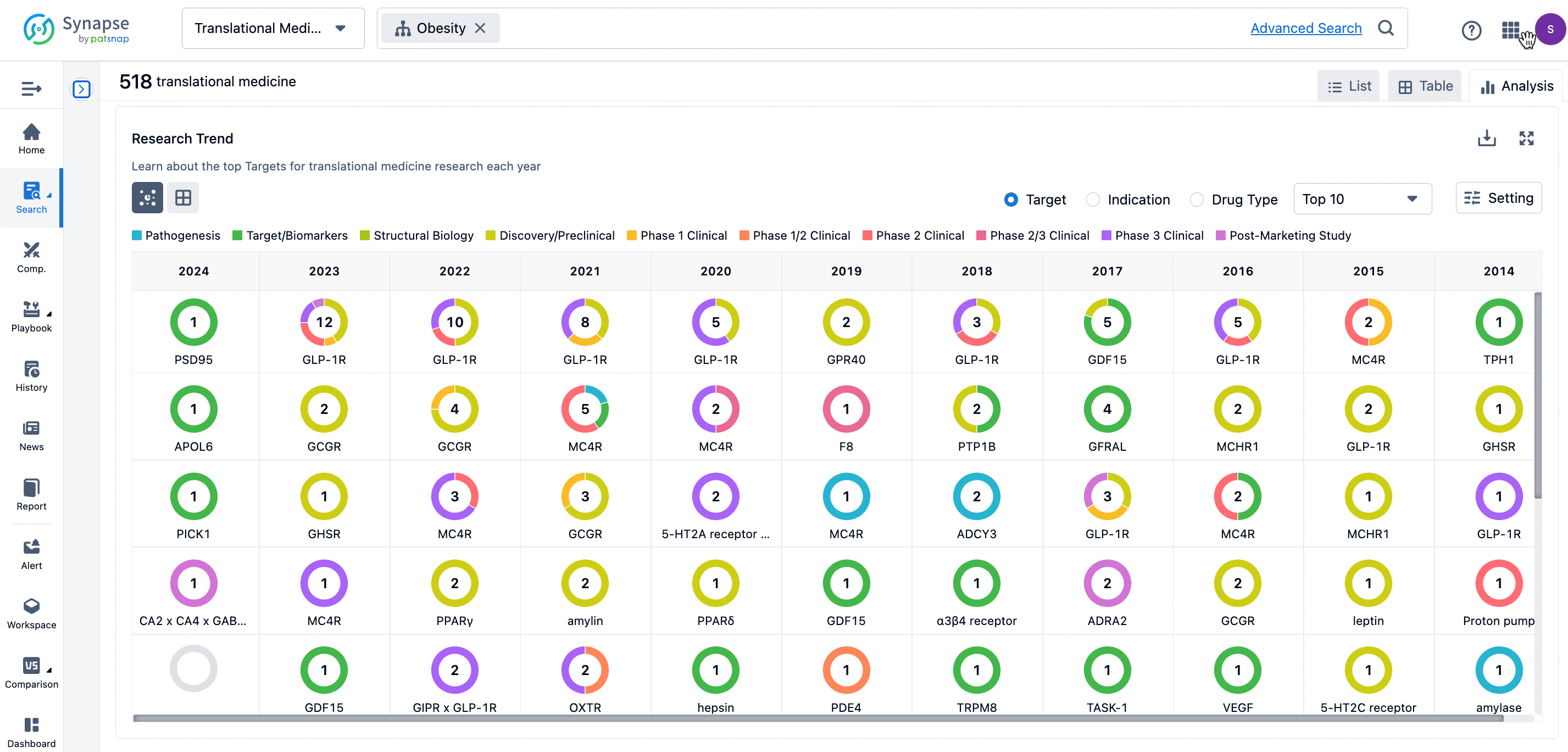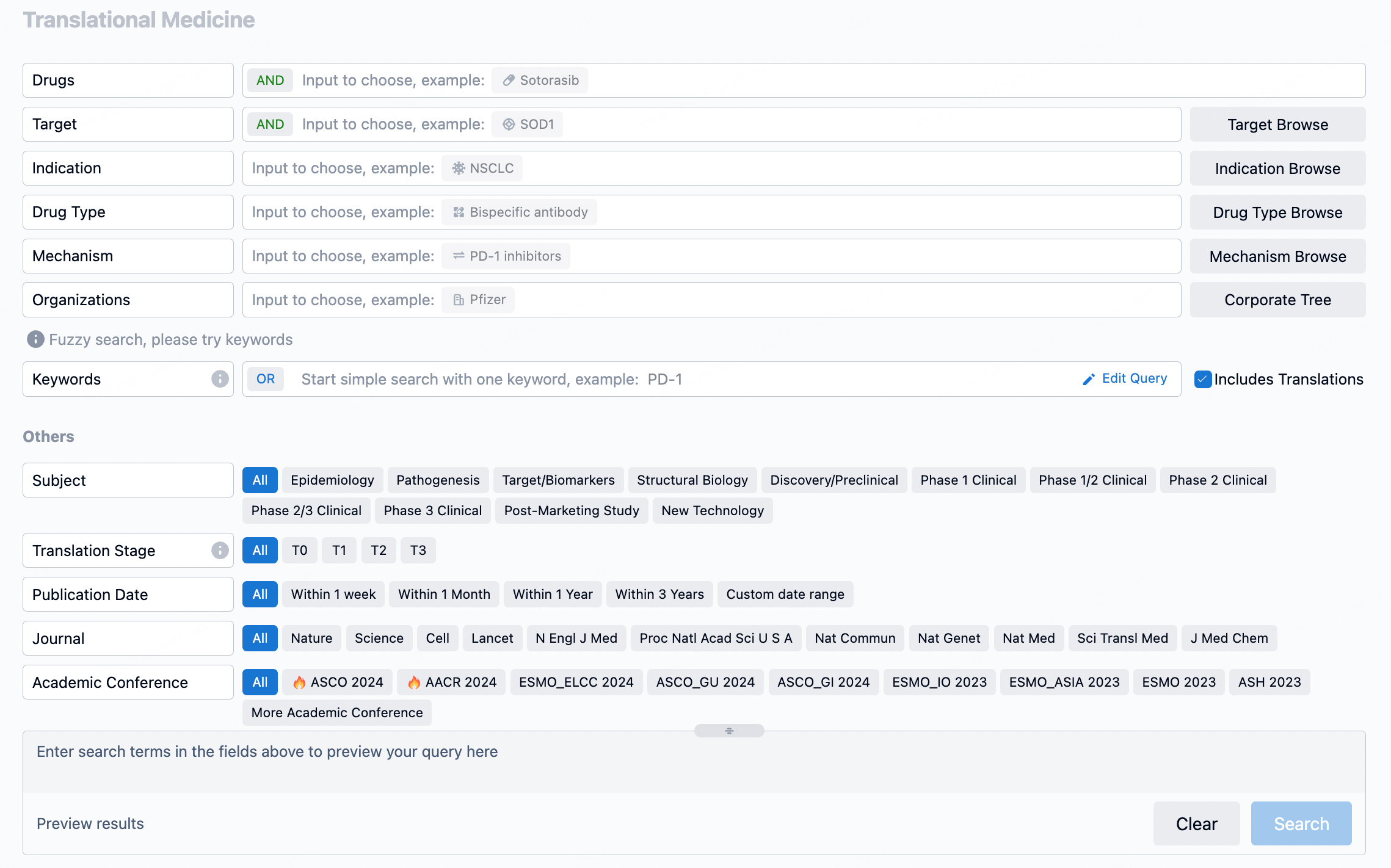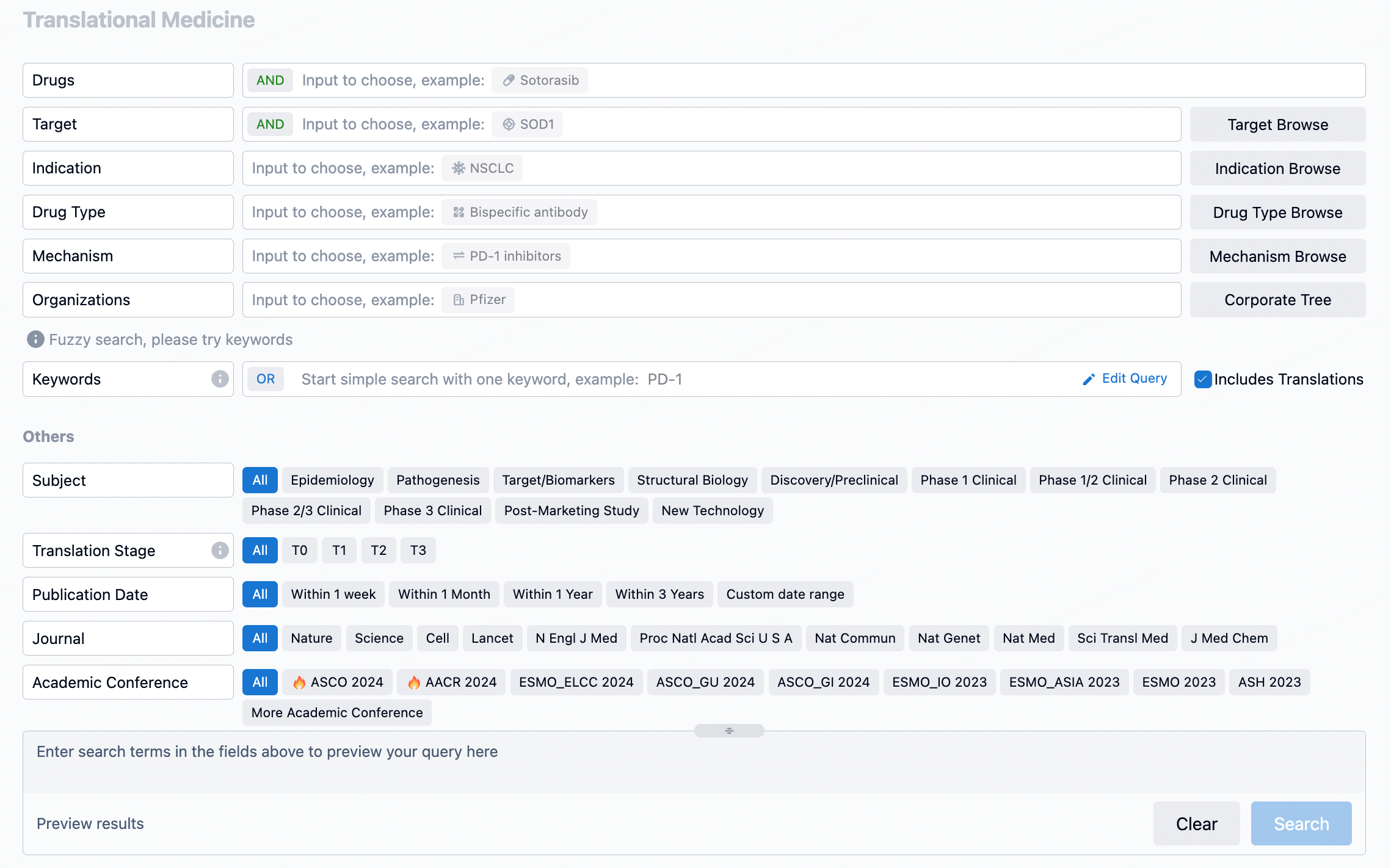Unlocking the Potential of KO-947: A Potent ERK Inhibitor for MAPK Pathway-Disrupted Tumors
A new compound, KO-947, has been identified as a potent and selective inhibitor of ERK1/2 kinases. It has been evaluated for its biochemical, cellular, and in vivo antitumor capabilities. KO-947 showed significant inhibitory effects on ERK with high selectivity and was effective in blocking the proliferation of tumor cells with MAPK pathway dysregulation, including those with BRAF, NRAS, or KRAS mutations.
The compound demonstrated an extended duration of action and high potency in cellular engagement, leading to sustained pathway inhibition both in vitro and in vivo. In xenograft models, KO-947 significantly suppressed ERK signaling and induced tumor regression in various cancer types, including melanoma, non-small cell lung cancer (NSCLC), and pancreatic cancer. The compound also showed effectiveness in patient-derived xenograft (PDX) models, with activity observed in colorectal, gastric, and cervical carcinomas, as well as in tumors with other MAPK pathway dysregulations.
KO-947's favorable pharmacokinetic properties allow for optimal antitumor activity with intermittent dosing, suggesting a potential therapeutic window with flexible administration. The findings suggest that KO-947 could be a promising treatment for tumors with dysregulation of the MAPK pathway.
Citation: Francis Burrows et al. "KO-947: A Potent ERK Inhibitor with Robust Preclinical Activity in MAPK Pathway Disrupted Tumors." Presented at the American Association for Cancer Research Annual Meeting, April 1-5, 2017, Washington, DC. Cancer Research, 2017; 77(13 Suppl): Abstract nr 5168. DOI: 10.1158/1538-7445.AM2017-5168.
How to Use Synapse Database to Search and Analyze Translational Medicine Data?
The transational medicine section of the Synapse database supports searches based on fields such as drug, target, and indication, covering the T0-T3 stages of translation. Additionally, it offers a historical conference search function as well as filtering options, view modes, translation services, and highlights summaries, providing you with a unique search experience.
Taking obesity as an example, select "obesity" under the indication category and click search to enter the Translational Medicine results list page. By clicking on the title, you can directly navigate to the original page.

By clicking the analysis button, you can observe that GLP-1R treatment for obesity has gained significant attention over the past three years, with preclinical research still ongoing in 2023. Additionally, there are emerging potential targets, such as GDF15, among others.

Click on the image below to go directly to the Translational Medicine search interface.

